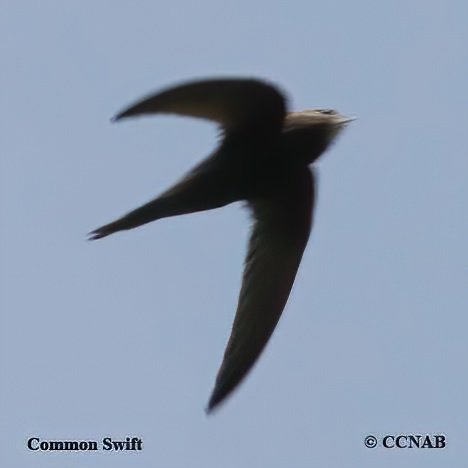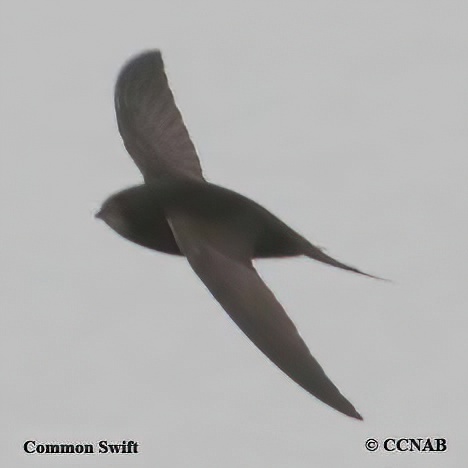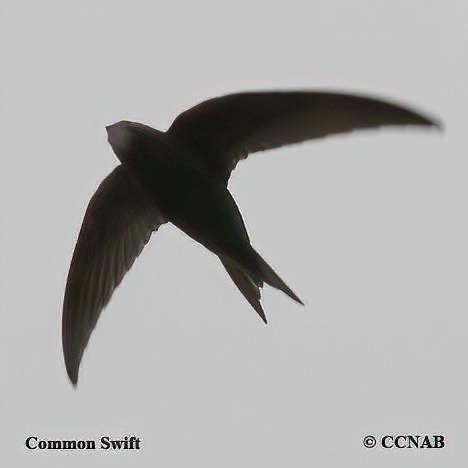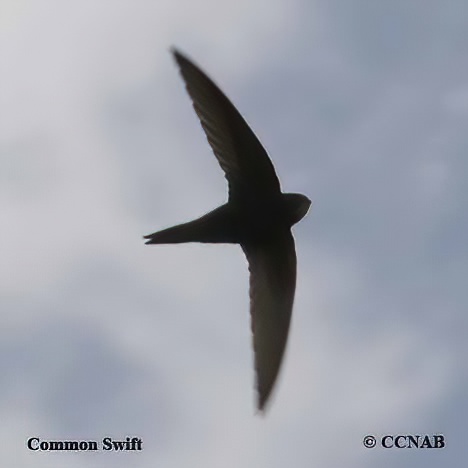North American Bird Search Box
This search box can be used to find bird species using bird's english, french or latin name, or to identify bird by its 4 letter Alpha Code
Field Guide for all the Birds of North America
Common Swift
4 Letter (english names) Alpha Code: COSW (4)
Martinet noir
Apus apus
Information, images and range maps on over 1,000 birds of North America, including sub-species, vagrants, introduced birds and possibilities
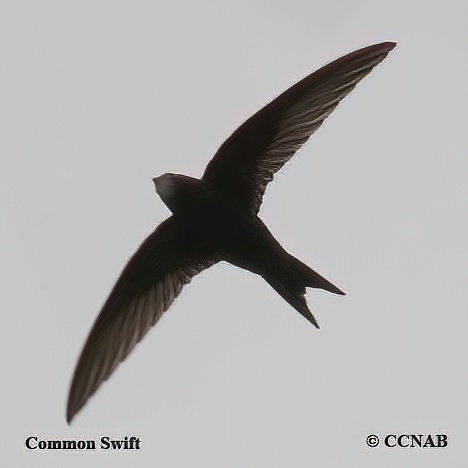
Life, Habitat and Pictures of North American Swifts
| B L | W W | W | Family | Latin Name |
|---|---|---|---|---|
| 6.5" 16.5cm | 19" 48.3cm | 1.75oz 49.6g | Apodidae | Apus apus |
- Summer
- Year Around
- Winter
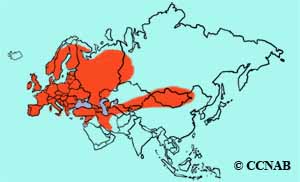
The Common Swift is a native bird of Eurasia. It is seen mostly throughout all of Europe in the warmer months. There are areas in central Asia where they are also seen. This dark-plumaged swift can be identified by a light brown area seen on its throat and it has a forked tail. It has been seen inside the North American boundaries and is a recognized vagrant.
Reference to Other Bird Site:
ABA - American Birding Association This site represents an organization that maintains official records of all birds species that have been proven to have been seen inside the perimeters of the North American Continent and the surrounding bodies of water. Regular revised versions are posted to keep the bird list current at all times. This is the list used by all serious birders over their lifetime. You may be aware of the movie called the "Big Year". It was with this list that all the competing birders used in an attempt to set a new record as to how many bird species that could be seen by an individual birder in one calendar year.
